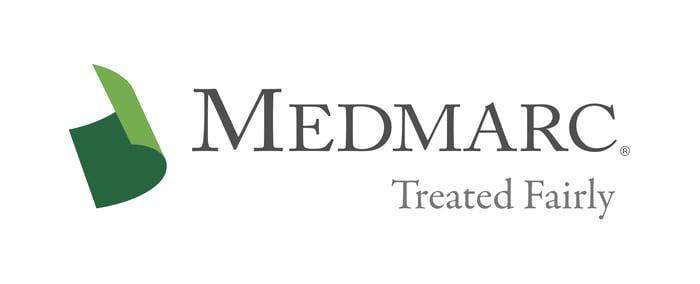Congress Sets Aside $8.3 Billion for Coronavirus
The U.S. federal government’s response to the COVID-19 outbreak has been criticized in some quarters as laggardly, but Congress sent a supplemental spending package to the White House in early March to address the disease. The package provides $8.3 billion to combat the coronavirus disease 2019 (COVID-19), which would expand telehealth and give the FDA $61 million to deal with the virus.
The bill, passed March 4 by the House of Representatives and signed March 6 by President Donald Trump, provides $7.8 in discretionary spending along with another $500 million in reallocated mandatory funds. A breakdown provided by the Congressional Budget Office confirms that the FDA would receive $61 million, an amount that comes with no expiration date. Some of the other funds are limited in term, although the spend-by date for most of these funds is Sept. 30, 2023, giving the related agencies ample time to make use of the monies.
Telehealth will receive a considerable boost under the terms of the House bill, with $490 million allocated over the current and next two fiscal years. The CBO document notes that this set of funds appears as authorizing legislation rather than appropriations legislation, although this spending would not be subject to the usual pay-go spending rules. CMS announced March 17 a set of guidelines for the use of telehealth under the newly expanded authorities.
The COVID-19 outbreak has prompted the FDA to issue an immediately-in-effect guidance for testing, which gives labs 15 days to notify the agency of the use of a test upon validation. In an accompanying statement, FDA commissioner Stephen Hahn said the policy “strikes the right balance,” given the urgency of the matter, and that the FDA will follow up with a “critical independent review” of any tests conducted under the emergency use authorization (EUA) program. That policy was updated March 16 to allow state governments to oversee labs in their states, and to allow for the use of serological tests despite concerns about elevated rates of false negative results.
The Centers for Medicare & Medicaid Services said it has approved a second code under the Healthcare Common Procedure Coding System (HCPCS) for the test for filing claims. The agency said in a March 5 statement that HCPCS code U0002 will handle tests conducted at non-CDC labs, while the previously announced code, U0001, is used for testing handled by CDC labs.
New LDT Regulation Bill Emerges
The FDA has made clear its interest in regulating lab-developed tests for decades, but that interest has not always translated into a practicable regulatory regime. That may all change sometime over the next two years thanks to a revised version of the Verifying Accurate, Leading Edge IVCT Development (VALID) Act, which Reps. Larry Bucshon (R-Ind.) and Diana DeGette recently unveiled.
The March 5 statement by Degette and Bucshon, the authors of the previous version of the VALID Act, states that the bill would enable precision medicine and give the FDA more leeway to make use of the EUA mechanism to speed test development in crises. A companion bill is also underway in the Senate, suggesting that passage is of both bicameral and bipartisan interest.
The legislation offers express preemption over state law, although it is not clear whether this would be similar to the preemption already in existence for non-diagnostic PMA devices where state liability law is concerned. One of the key questions for this legislation – as well as any legislation dealing with the FDA’s software precertification program – is the question of timing. Much of this type of legislation is typically handled via the legislation authorizing new FDA user fee agreements, but the next agreement will not need passage until 2022.
The common run of things for promulgation of new regulations is a minimum of six months for the posting of a draft regulation and the associated feedback, although an entirely new regulatory framework might consume a year. The process for development of enacting guidance would likely add to that.
Whether Congress can get past its institutional tensions and the suite of distractions long enough to pass the VALID Act before the end of CY 2020 is anyone’s guess, but the upcoming elections suggest that this bill will have to move to the Oval Office before the August congressional recess unless stakeholders are on board with the bill as is. However, the American Clinical Laboratory Association has made the demand that any legislation make a distinction between lab-developed tests and in vitro diagnostics, a position that is almost certain to be opposed by other trade associations and by the FDA, both of which have made the case for a level playing field between the two.
For additional resources contact the Marketing department
Phone: 888-633-6272
Medmarc is a member of ProAssurance Group, a family of specialty liability insurance companies. The product material is for informational purposes only. In the event any of the information presented conflicts with the terms and conditions of any policy of insurance offered from ProAssurance, its subsidiaries, and its affiliates, the terms and conditions of the actual policy will apply.
Copyright © 2024 - Medmarc
